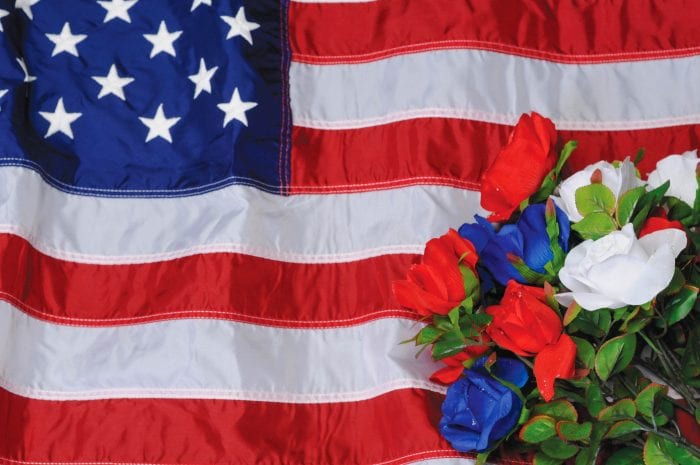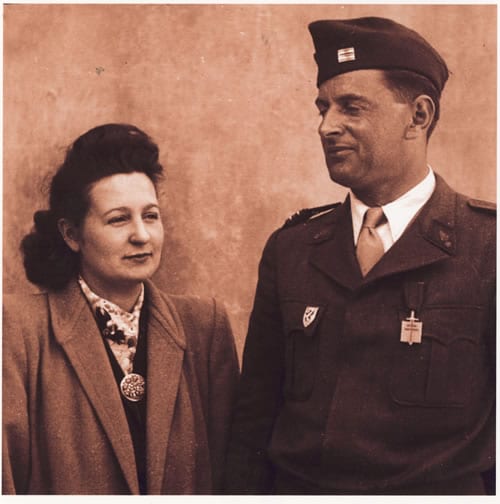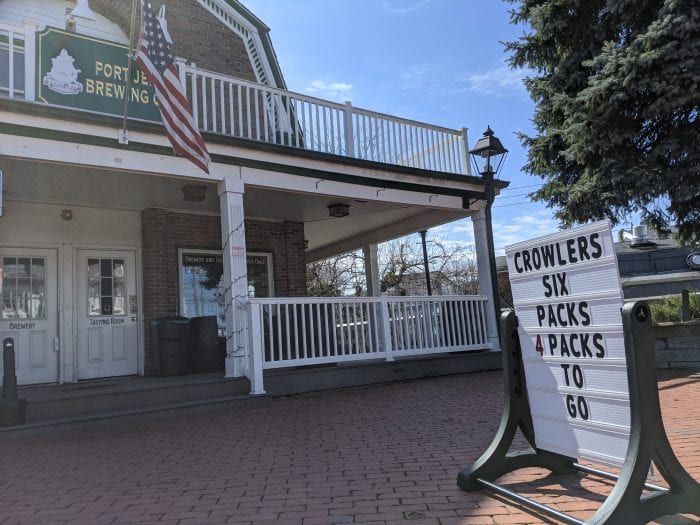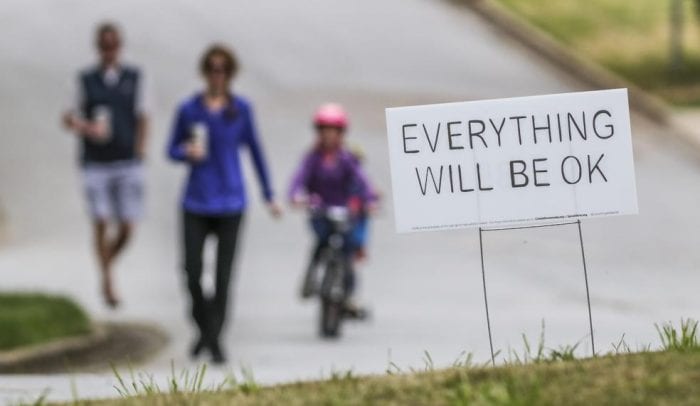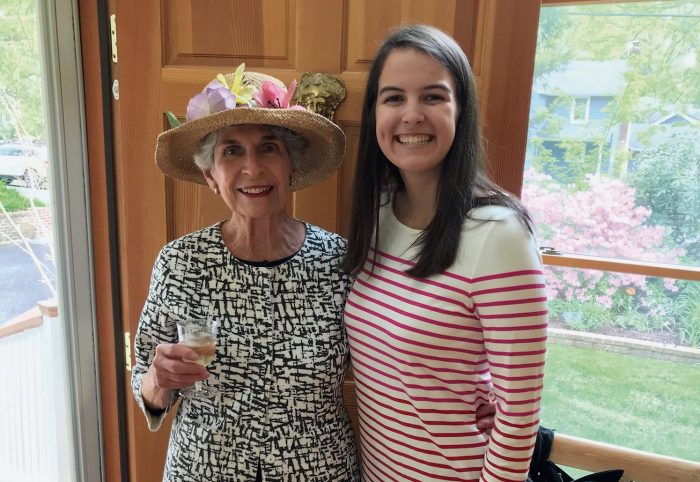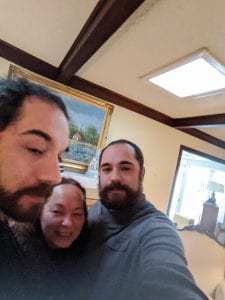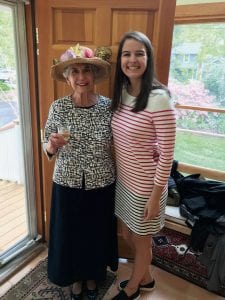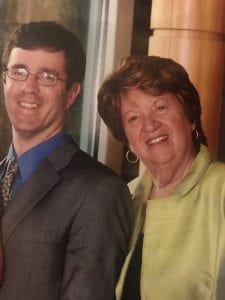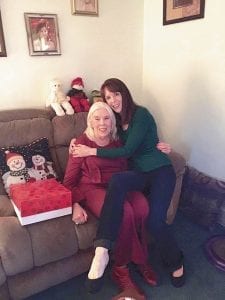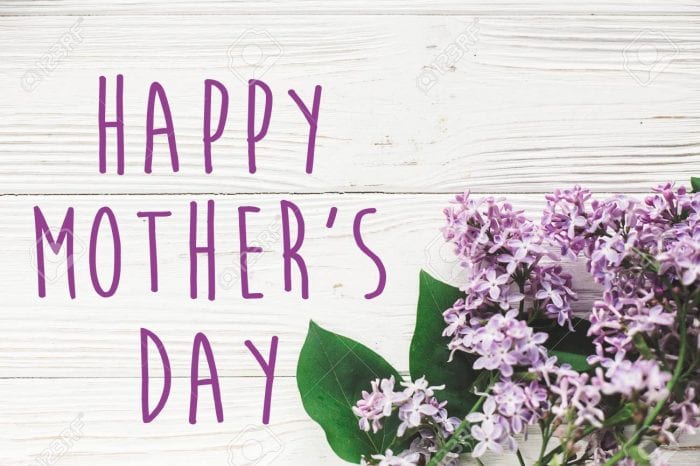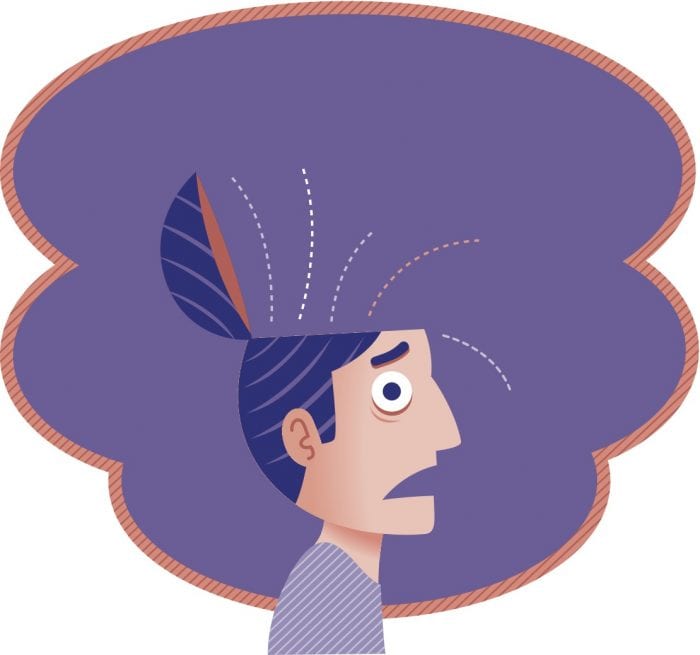By Daniel Dunaief

The weapons and uniforms are different, but the goals are the same: to protect the interests of Americans everywhere and to save lives.
Every year, Memorial Day presents an opportunity to honor the men and women who served our country in the military, as we appreciate their courage and sacrifice during battles against a range of enemies.
This year, we have a large group of people who are laying their lives on the line for the benefit of society. They are the first responders, who arrive at the homes of people stricken with symptoms of a disease that can make breathing difficult, that can give them a fever for days or even weeks.
They are the nurses who not only take the pulse and blood pressure of their patients, but also provide a human connection when those with the virus can’t have friends and family visit.
They are the doctors who use the best medicine at their disposal to provide comfort until a new standard of care is developed or a vaccine is created.
They are also the police and fire rescue teams that set aside their personal concerns about interacting with members of the community who might be sick to help strangers and the family members of those strangers.
Without these health care workers prepared to help in the struggle against a virus that never takes a weekend off or for which chicken soup, sleep or a hot shower are inadequate to ameliorate the symptoms, Long Islanders would be struggling on their own, infecting each other, and dying at even higher levels.
At the same time, people who work in other fields have been vital to the ongoing functioning of our society in the midst of the pandemic. The people who deliver packages and the mail have connected us to an outside world we can’t visit. They travel through our neighborhoods, wearing gloves and masks and bringing everything from Mother’s Day cards for the mothers and grandmothers we dare not visit lest we are an unsuspecting carrier of the deadly disease, to the paperwork we need to sign.
Those who work in grocery stores stock the shelves with the necessities and luxuries we snap up every week, as we continue to feed families huddled in our homes. Bus drivers and transit workers enable first responders, grocery store clerks, and others to get to and from their jobs.
In addition to accepting their normal responsibilities, these people also go to their jobs in a new normal that requires many of them to wash their clothing and shower before they interact with their family, which some of them only do while wearing masks.
Some of them have died in the line of duty. They have made the ultimate sacrifice because their difficult jobs haven’t provided them with an immunity from a virus that threatens everyone.
This Memorial Day, we should honor the fallen from past wars, the soldiers who fought in Europe 75 years ago, the ones deployed to Iraq and Afghanistan, those who trudged through the jungles of Vietnam, and the patriots who ensured our freedom during the founding of the country.
We should also honor the fallen victims of the virus who were on the front lines, armed with personal protective equipment such as gloves, gowns and face coverings.
When we wave our flags and honor those who gave their lives, we should pray for and thank the heroes of the last few months as well. They put themselves in harm’s way and inspired the rest of us with the same kind of courage we celebrate each year from our armed forces.

